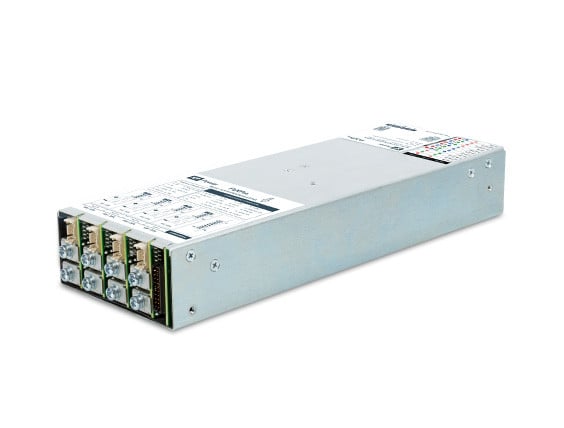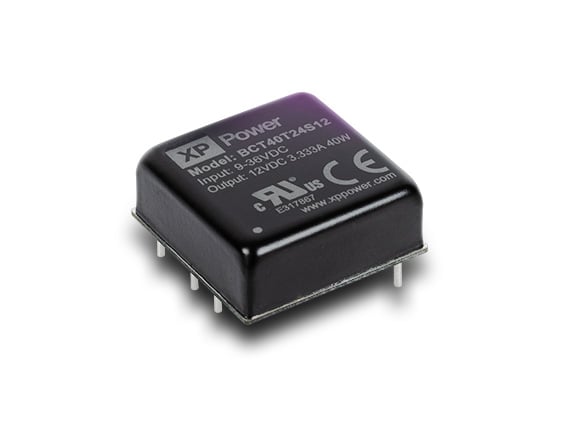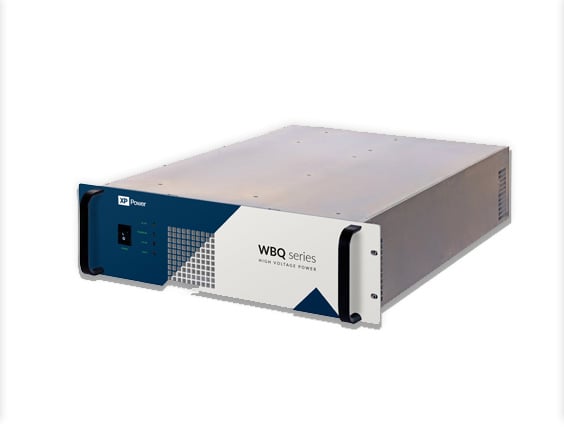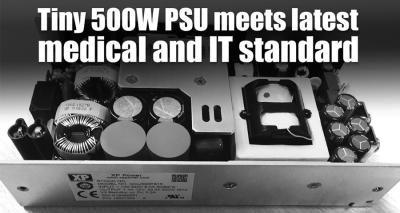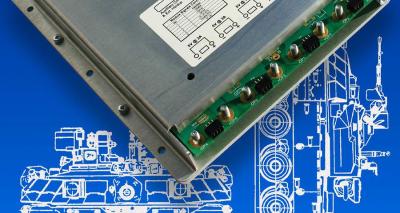
Power Management Bus (PMBus) digital power management protocol
A comprehensive understanding of the communication protocols and benefits of PMBus-compliant power supplies enables power system designers to make informed decisions and design efficient power systems.
Overview
- Explanation of remote access to power supplies through PMBus and its commands.
- Discussion of the communication protocol, particularly the use of I2C in PMBus compliance.
- Understand the importance of manufacturer specifications and data integrity.
PMBus: a flexible power management protocol
The Power Management Bus (PMBus) is an open standard power management protocol. This flexible and highly versatile protocol allows for communication between devices based on both analog and digital technologies and provides true interoperability, which will reduce design complexity and shorten time to market for power system designers.
Enabling remote access and enhanced functionality
The PMBus Protocol is a document that details the packet format and the available commands, such as Remote On/Off, Output Voltage Adjustment, Read Output Voltage, Set Overvoltage Protection, Read Current, Read Temperature, and many more. It provides a gateway for users to have remote access to the power supply, essentially making a simple power supply more useful.
The role of I2C as a digital communication Bus
Digital communication has become increasingly popular in the power supply industry with I2C being one of the most convenient and accepted methods due to its simple connections consisting of two wires and a ground line. The most important factor of I2C is the ease of integration into a system.
Simplified communication and customization
PMBus compliance highlights that the communication method over I2C is one of the most convenient and accepted methods. The benefits include faster time to market, minimized documentation of software specifications and a better design guideline for communication protocol. To offer greater flexibility and accommodate a wide range of users, aside from all the standard protocols, there are many custom protocols that are specific to the developer.
Understanding standard protocols and customization in PMBus
Within the standard protocols there can also be variations. For example, there are different ways to interpret the voltage, with the developer being able to choose either literal format data or direct format.
Also, within literal format, you can customize its constants to suit a specific design/range. However, the standard protocol is only a guideline; to fully integrate and utilize all the functions of the power supply, the user must work with the datasheet from the manufacturer.
Manufacturer specification and consistent communication in PMBus
Although the user cannot fully integrate the power supply without a manufacturer's specification sheet, the communication does not change. The command to retrieve the current level is the same and the command to set the voltage is the same — the only variation is how the data is represented.
PMBus compliant power supply manufacturer specifications
Every PMBus-compliant power supply will have its own specific manufacturer's specification. The specification can be as short as a page although longer specifications can be over 60 pages. Examples of simple one-page specifications would be for power supplies employing basic read functions such as Read Voltage, Read Current and Remote On/Off.
Data integrity considerations for power supply design
When designing in a PMBus-compliant power supply, the user must be aware that the integrity of the data relies heavily on a clean reference due to the data being transmitted in packets of TTL (transistor-transistor logic) signals. If ground noise is above the TTL level then the data can be easily corrupted.
Summary
Understanding what to expect from a PMBus-compliant power supply is essential for power system designers aiming to optimize their designs. PMBus, as an open standard power management protocol, provides versatility, interoperability, and remote access to power supplies.
In addition, the integration of I2C simplifies communication, while manufacturer specifications ensure consistent functionality and customization. Data integrity is a crucial consideration for reliable performance in PMBus-compliant power supplies, underscoring the need for a clean reference to prevent data corruption.
Please contact our team of power supplies experts for further information on our marketing leading solutions.
